Thomas D. Sharkey retires after 51 years of plant research
After 51 years of research and teaching, University Distinguished Professor Thomas D. Sharkey is earning the title of Emeritus University Distinguished Professor as he heads to retirement.
Sharkey’s prolific career in the plant sciences spans continents and scientific topics, touching on the lives of many researchers who continue to work in the field today.
At present, Sharkey is a University Distinguished Professor in the MSU-DOE Plant Research Laboratory, or PRL, the Department of Biochemistry & Molecular Biology and the Plant Resilience Institute.
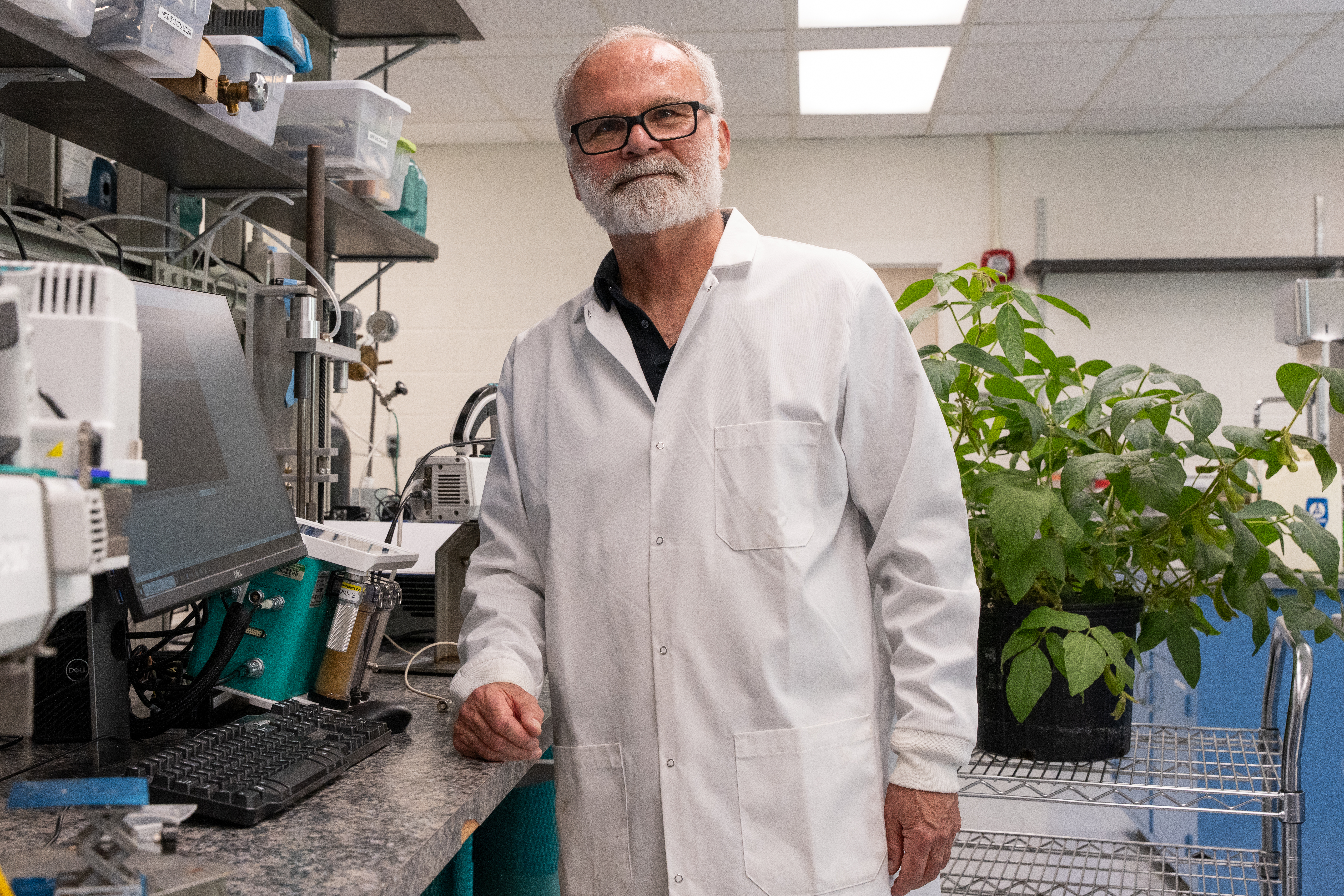
"In hindsight I feel I was like Forest Gump, being in the right place at the right time,” Sharkey said. “I worked with scientists who would become recognized as world experts on topics that, in retrospect, are more important than we knew.”
Beginnings
He started his scientific journey at MSU, with a B.S. in Biology in 1974 from Lyman Briggs College and a Ph.D. in Botany and Plant Pathology in 1980. During his Ph.D., he studied under then PRL Professor Klaus Raschke.
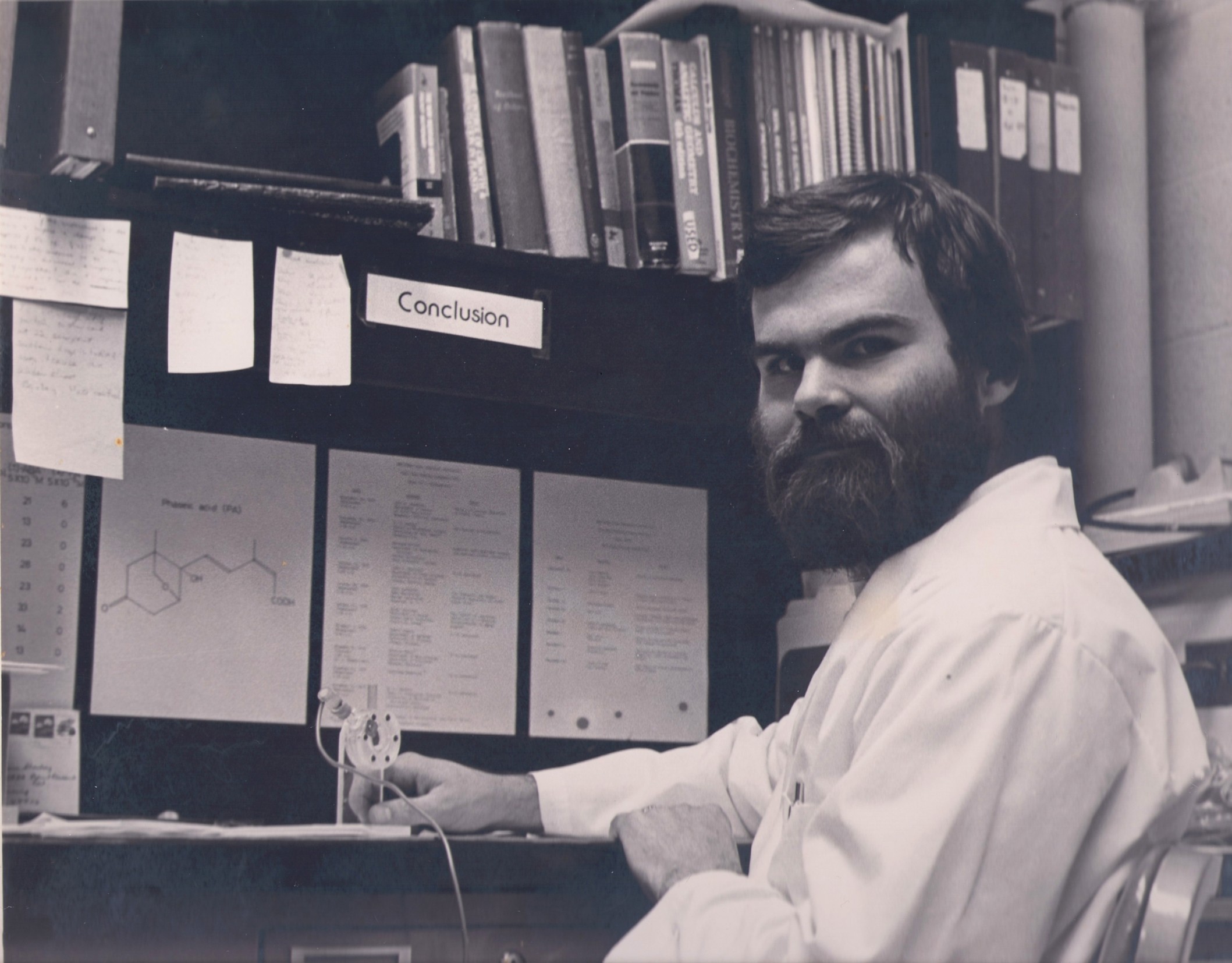
Post graduation, Sharkey completed a post-doctoral fellowship in the Department of Environmental Biology at Australian National University. It was here Sharkey conducted some of the research that he is best known for, even to this day.
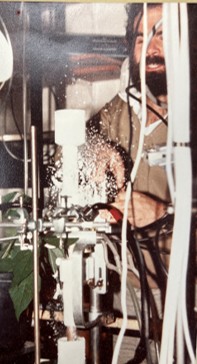
In this paper, Sharkey and his collaborator built a-first-of-its-kind device that would directly measure the concentration of carbon dioxide within a leaf. According to Google Scholar, this paper has been cited over 7000 times.
In 1982, Sharkey moved to the Desert Research Institute in Nevada as a research specialist, where he proposed one of the pathways involved in photosynthesis, known as oxygen insensitive photosynthesis.
“There wasn't much interest in it until just recently, and now everybody is jumping on and making progress beyond what I had done,” Sharkey said. “I'm very proud that I was a very early pioneer on that.”
Growing Branches
After a stint at the University of Nevada-Reno as an adjunct associate professor, Sharkey joined the University of Wisconsin-Madison as an assistant professor in the Department of Botany in 1987. He would serve as the chair of the department from 1992-1994, and as the director of the UW-Madison Biotron from 1993-2004.
When Sharkey started at UW-Madison, there was no department specifically dedicated to biology, and the introduction to biology course was overloaded, with students unable to get a seat until their senior year. Sharkey was a leader in expanding the program and getting more people to teach this class, which over a few years would alleviate the issue.
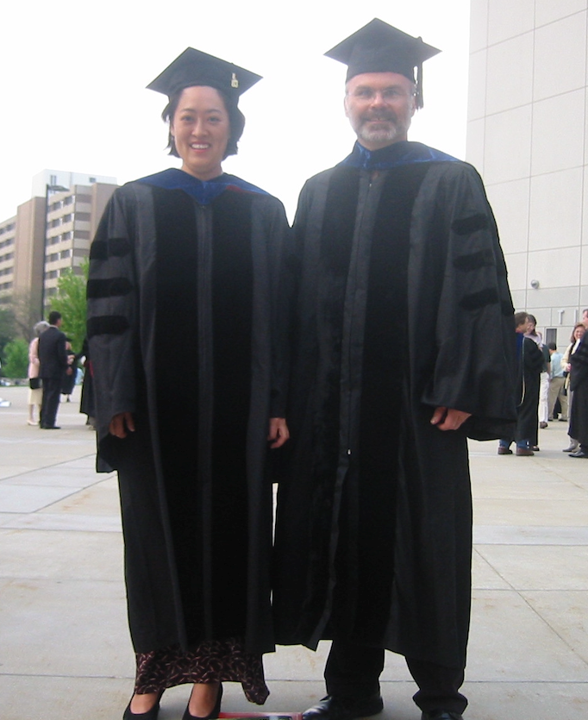
Sharkey was also a primary driver in the creation of the biology major at UW-Madison. Within four years, it was the second most popular major.
As for his research program, when Sharkey started at UW-Madison, he bought a gas chromatograph, a machine that could measure isoprene emissions. Every morning, a member of his lab would go outside a take a cutting from the oak tree growing there and start their measurements.
Isoprene became of particular interest in the 70s and 80s with growing concerns over the amount of ozone being released into the atmosphere. When the atmosphere is clean isoprene makes it cleaner, but when it is dirty, isoprene from plants makes it dirtier.
When plants produce isoprene, they can protect themselves from insects and heat. That dilemma – making more resilient plants or worsening air pollution – is a question scientists do not have the answers to yet. Sharkey has carried his work with isoprene to MSU, where he studied it up until his retirement and anticipates playing some role in isoprene research even as an emeritus professor.
Go Green
Sharkey returned to MSU in 2008 as the chair of the Department of Biochemistry & Molecular Biology, or BMB, working across the street from where he completed his Ph.D.
“Tom was a fantastic chair, and it was both a pleasure and an honor to work with him,” College of Natural Science Dean Eric Hegg said. “In addition to being exceedingly approachable, he was incredibly supportive of the junior faculty, going the extra mile to ensure that we had all of the tools needed to excel in both our teaching and our research. Tom was also a great mentor, and he routinely took on extra work so that the rest of us could thrive. He continues to be passionate about his research and the plant science community more broadly, and all of us are indebted to his many years of service.”
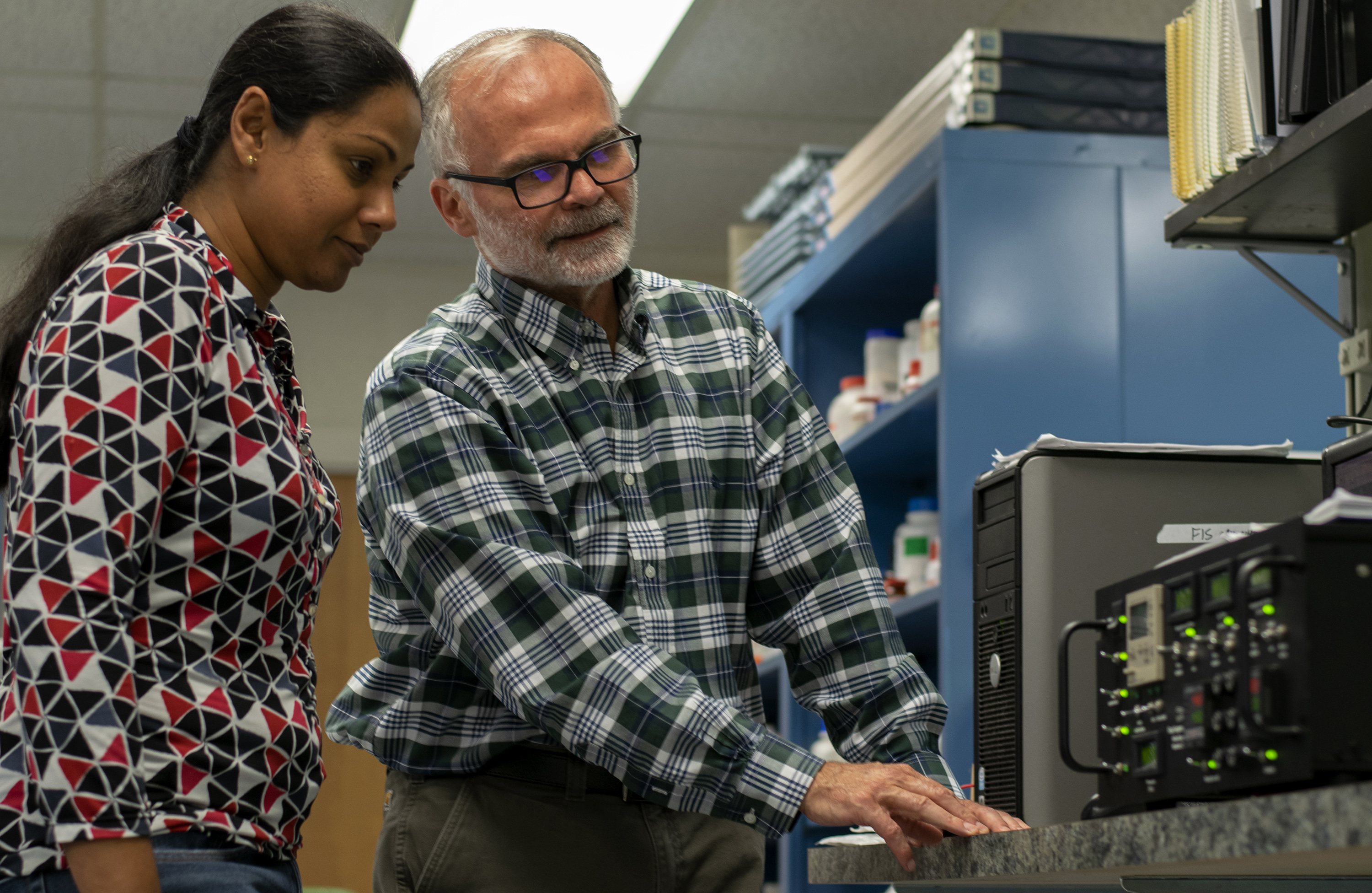
In 2015, he was named a University Distinguished Professor, one of the highest honors the university can give a member of the faculty.
“The department was in very good shape, and I often say, ‘at least I didn’t screw it up,’” Sharkey said with a laugh. “I hired 20 professors, and nine of them were women. Several of these women are now full professors and involved in MSU administration. I’ve just been thrilled to watch these people grow.”
From 2018 to 2021, Sharkey served as an associate director of MSU’s Plant Resilience Institute, or PRI, and then as interim director from 2022 to 2023, ensuring the program’s continuation.
“Tom played a crucial role in stewarding the Plant Resilience Institute when it underwent a leadership change,” said Sue Rhee, the current director of the PRI. “Thanks to his efforts, PRI is now at a really exciting time of growth and recognition. Tom is an exceptional scientist who has both a deep and broad knowledge of plant physiology. His expertise and vision are integral to PRI’s emerging flagship projects, and I am excited to continue to engage with him as he transitions to a new phase of his career. I am so grateful for all he’s done and is continuing to do for PRI and MSU. He’s a great role model not only as a scientist but also as an administrator.”
He would serve as chair of BMB for nine years before stepping down and re-joining the Plant Research Laboratory, now as a faculty member.
“Tom has made tremendous contributions to the mission of the PRL since he joined, not only by advancing the science but also by supporting the greenhouse and growth chamber facilities as co-director/director,” said Christoph Benning, director of the PRL. “For example, his most recent work on carbon fixation and the discovery of a shunt of the Calvin-Benson-Bassham pathway has advanced our understanding of photosynthesis and plant respiration in the light to the next level. His knowledge of plant growth facilities has shaped the design of the new Environmental Plant Sciences Building under construction.”
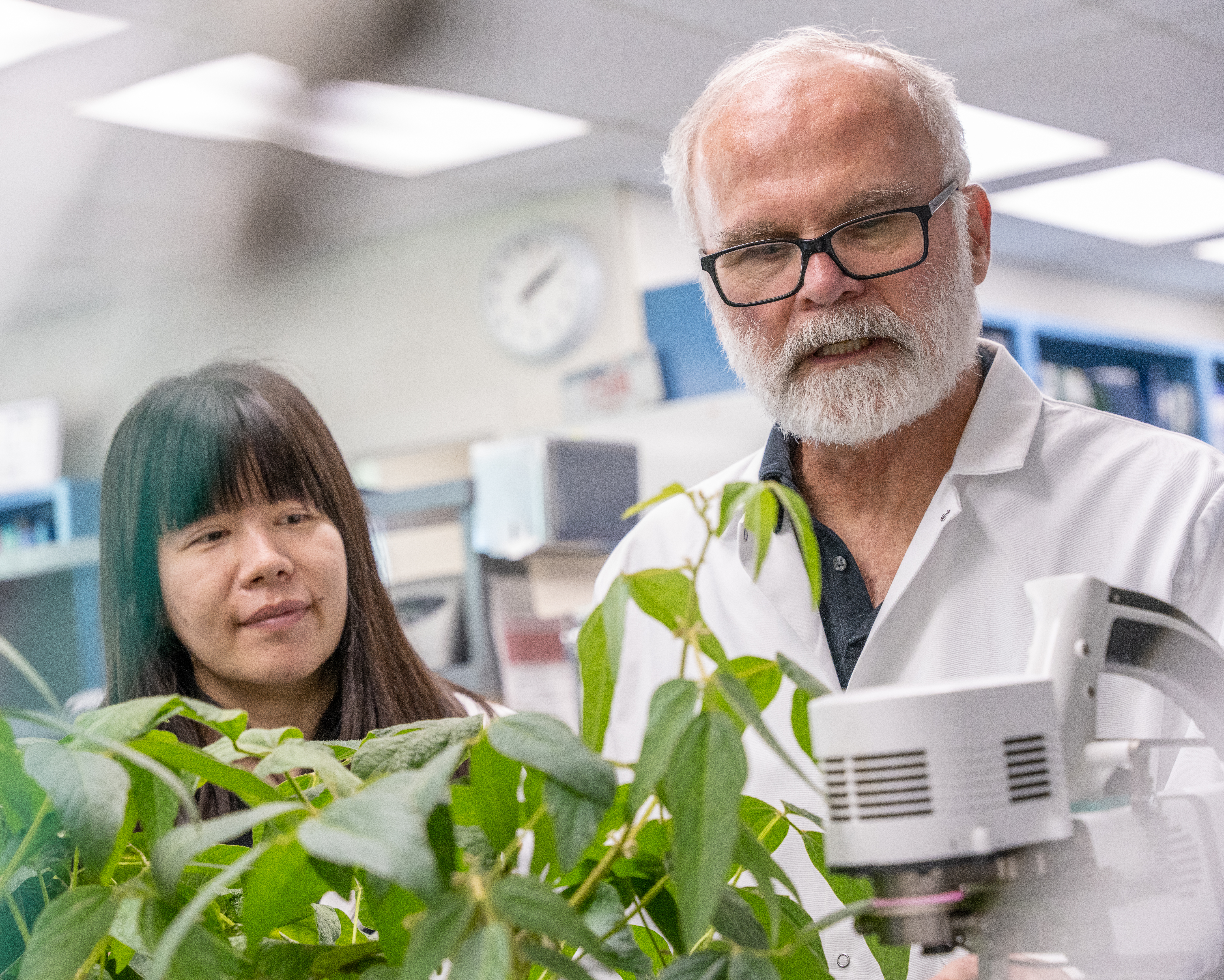
During his time at the PRL, he would continue his research in photosynthesis and isoprene.
“I don’t go for the big, splashy things,” Sharkey said. “I ask, what's the biggest unexplained phenomenon right now that we don't know about and what kinds of experiments are needed to explore it?”
Even as Sharkey retires, he sees other researchers taking up this work.
“It’s been incredibly heartening. It’s kind of the last flash,” he said. “The various things I've talked about so far in photosynthesis, I had my impact and people are publishing hundreds of papers a year exploring those ideas. I feel pleased but also nostalgic as I relinquish these questions to the next generation of researchers.”
- Categories: